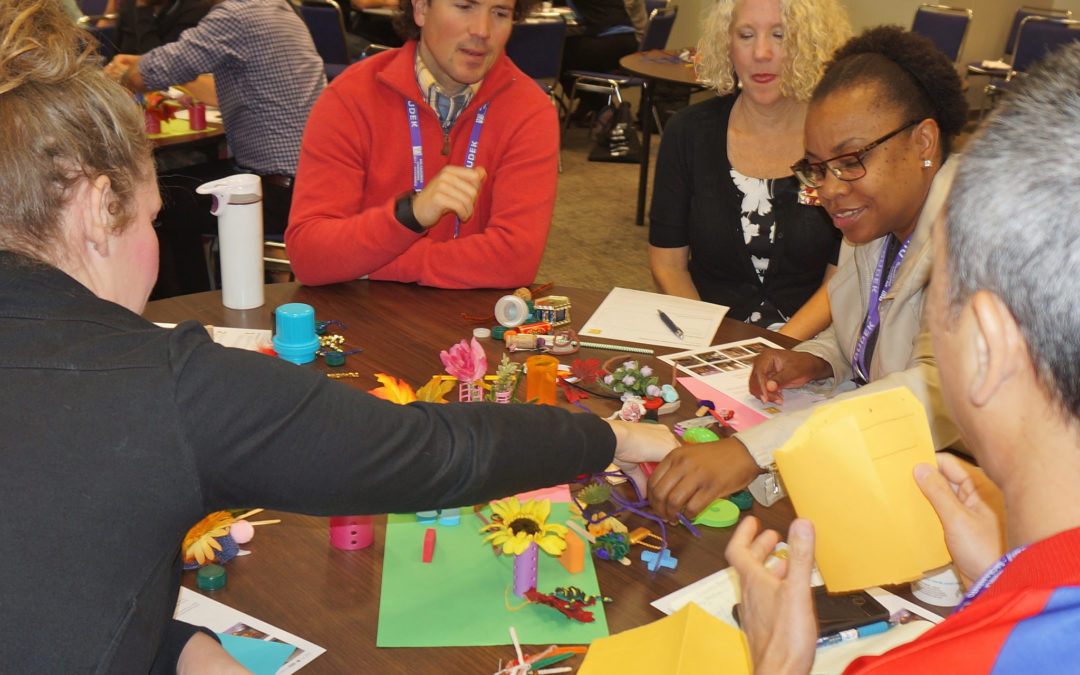The French anthropologist Claude Levi-Strauss wrote a book called The Raw and the Cooked focused on “categorical opposites drawn from everyday experience.” It may be that housing advocacy needs to value a similar binary.
YIMBY advocates have started to build political strength in order to support proposed housing and better rules. This means contesting for power at the political level, at hearing, online, etc. This ‘strong’ approach to movement building and advocacy is absolutely essential. But is it enough? Planner and artist James Rojas has talked to us (steering committee member Mark V.) about “a gentler approach to housing.” By gentle, he means techniques that draw upon peoples’ empathy, memories, and imagination to change attitudes and encourage more openness to adding housing.
His Place It! workshops let participants build models with everyday objects to encourage more participatory and creative planning. In James’ words, “Building with objects makes the participants use their motor skills. Intangible thoughts became tangible.” We spoke about the Design Housing Solutions workshop he and a group of urban planners and housing advocates recently led at the American Planning Association Planning conference in Sacramento.Jonathan P. Bell, Gunnar Hand, Fay Darmawi, Cathy Creswell and Connie Chung collaborated with Rojas on the session to investigate approaches to pubic engagement on housing.
When James facilitates workshops, he often starts by asking participants to quickly build “their first memory of belonging, shelter or home” in fifteen minutes, and then share what they made and the underlying memory with the group. James reported that “these memories tended to be happy emotions of belonging, place and home” and that by forming this memory out of blocks, toys and other small objects, participants “uncover knowledge about their enduring landscape and realize they have the expertise to shape it.”
This is certainly a better starting point than the tension, negativity and frustration that often infuses public hearings about housing developments.
After the icebreaker and self reflection activity, participants are prepared to work in groups to build models of housing developments. In James’ words:
“The communal nature of this process provided a platform that everyone participated. By giving teams little instructions they developed a variety of solutions based on their understanding of their built environment. Through building together participants quickly communicated and tested their visual and spatial housing ideas. Through negotiations, new ideas emerged. In no time the housing models began to take shape and illustrated solutions for their imaginary communities.”
Exercises like this that draw upon positive emotions and let people act creatively to collaborate to design homes should be a part of the pro-housing toolkit. We still need to build power, and to use data and messaging to change minds. But winning hearts (and thinking of housing as a shared goal to add to the quality of communities, rather than a battleground) can also benefit from a gentler approach.




